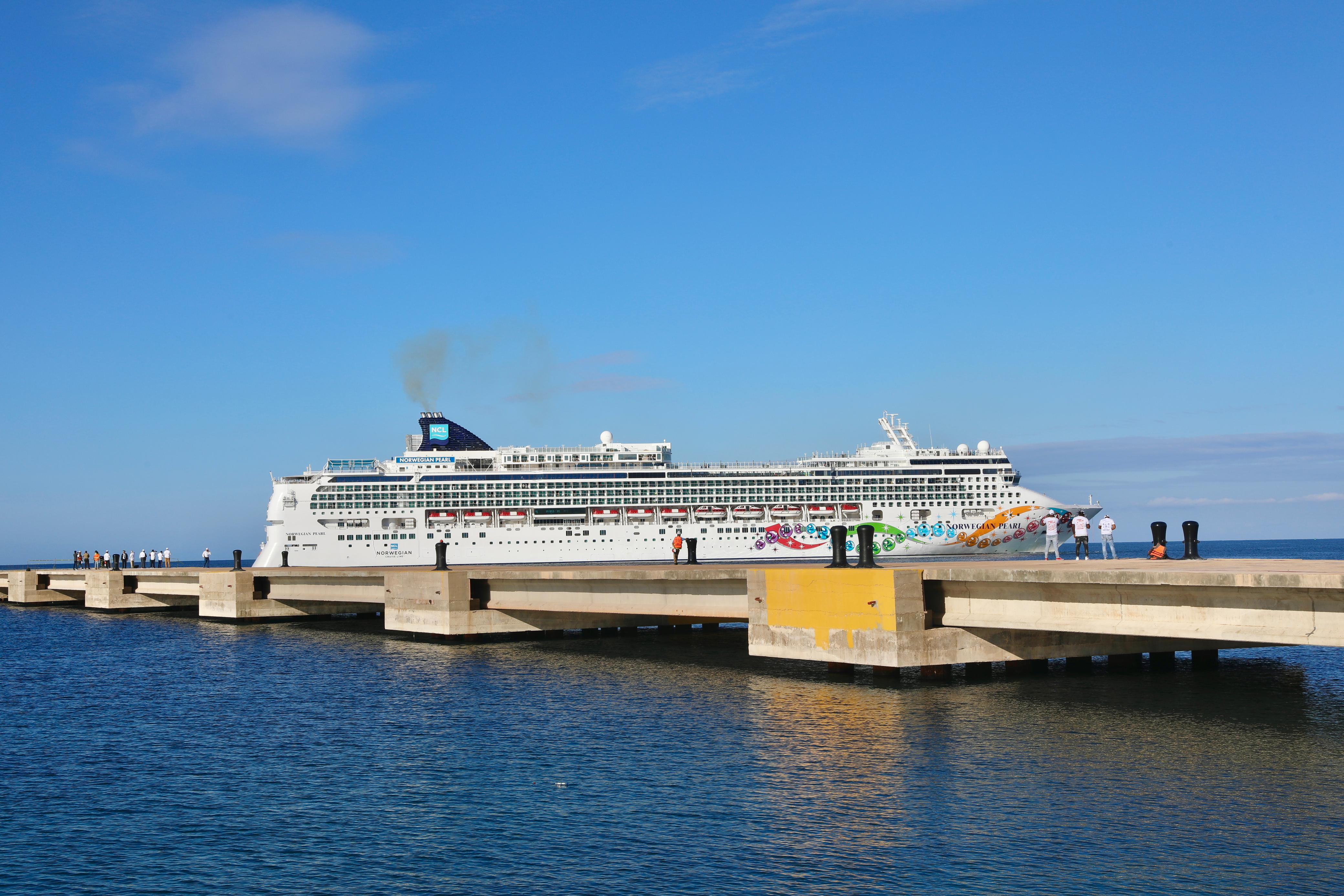Irenic Capital Addresses Capricorn Energy’s Shareholder Update and Reiterates Opposition to Proposed NewMed Transaction

NEW YORK–(BUSINESS WIRE)–Irenic Capital Management, L.P. (together with its affiliates, “Irenic” or “we”), which has an approximately 1.9% stake in Capricorn Energy plc (LSE: CNE.L) (“Capricorn” or the “Company”), today addressed the Company’s recent communications pertaining to the proposed merger with NewMed Energy Limited Partnership (“NewMed”) and reiterated its support for Palliser Capital Master Fund Limited (together with its affiliates, “Palliser”) in its effort to reconstitute Capricorn’s Board of Directors (the “Board”).
Adam Katz, Co-Founder and Chief Investment Officer of Irenic, commented:
“Irenic believes Capricorn’s January 5th letter and presentation are error-ridden, misleading and simply unpersuasive. The proposed NewMed combination lacks compelling industrial and financial logic and appears to require contortions to justify. We remain opposed. In contrast, we view Palliser’s plan as a superior alternative that delivers substantially higher value to Capricorn shareholders.
In our view, Capricorn’s flawed analysis of the NewMed merger’s potential value only reinforces the need for shareholders to support Palliser’s efforts to facilitate a reconstitution of Capricorn’s Board. By catalyzing prompt and meaningful boardroom change, we believe shareholders can ensure that a comprehensive and impartial review of all strategic options is conducted. Palliser has Irenic’s full support for its Requisition Proposal at the upcoming general meeting of shareholders.”
Response to Capricorn’s January 5th Release
NewMed Offer Premium
The 46% premium (pro-forma for payment of the upfront cash dividend) of the NewMed transaction relative to the standalone value of Capricorn as continuously referenced by management is based on stale market assumptions, including NewMed’s share price from September 28, 2022.
Capricorn appears to intentionally omit the following facts:
NewMed’s share price has decreased approximately 12% since the initial transaction announcement.
The shekel has weakened approximately 10% versus the pound since the initial transaction announcement.
In total, the portion of the share consideration of the deal (pro-forma for payment of the upfront cash dividend) has decreased by approximately 20% since the initial transaction announcement.
The 46% premium is in fact a 9% discount today. In other words, the NewMed combination gives Capricorn’s shareholders GBp 78 for something that is worth GBp 87 at current market prices.
The trading of Capricorn’s shares reflects the degradation in value of the proposed combination, given they are trading approximately 3% through the terms of the NewMed transaction (and have done so for several months now).
Proposed NewMed Combination’s “Value Creation Potential”
In our view, it is illogical to assume that the Core net asset value (“NAV”) and Total NAV estimate by Palliser (including the entire existing net cash balance that represents approximately 55% of Palliser’s Core NAV) should be penalized through application of the market discount that UK-listed E&P comparable companies currently trade at, but then not to assume that a similar discount should apply to the combined Capricorn-NewMed entity moving forward.
NewMed is currently trading as a tightly held, shekel-denominated certificate on the Tel Aviv Stock Exchange with less than $4 million average daily trading volume over the last 3 months.
NewMed is trading at or near the sole estimate of its own NAV, as put out by sell side analysts. It is generally perceived as richly valued by local investors giving full credit for its multiple development phases as the single meaningful publicly listed natural gas story on the Tel Aviv market.
It is a reasonable assumption that, once NewMed’s shares transition to a London Stock Exchange premium listing and a significantly lower percentage of the combined Core NAV is represented by cash, a similar discount as for UK-listed peers will apply to the entity.
In addition, gas-exposed E&P companies have generally been trading richly over the past year given the escalation in natural gas prices following the Ukraine invasion but have weakened significantly over the past few weeks.
Egypt Asset
Capricorn stated its current estimate of value for the Egypt asset at just $71 million (plus an incremental $264 million of 2P value upon spending of associated CapEx).
While we recognize that the asset has produced meaningful operating cash flow in FY22 (including ~$50 million as reported in 1H22 alone), Capricorn paid $323 million for the asset just 18 months ago for a price agreed at much lower commodity prices.
Capricorn’s new value assessment, if true, suggests substantial value destruction by current management in a relatively short period of time.
In addition, unlike every sell side analyst and the independent valuation by ERCE, the Company misleadingly excludes any value for the asset’s 2C phase from its calculation of value but gives credit for the 2C phase in its pro-forma production profiles.1
Cash Balance Adjustments
Capricorn is assuming an 18-month budget for G&A expenses and debt service of over $200 million versus the approximately $35 million of reported G&A expenses in the first half of FY22 (i.e., an implied approximately $105 million 18-month budget at the same level).
However, Capricorn previously stated it had already completed a workforce reduction program, leading to a reduction of one-third in 2022, and we believe that G&A could be scaled down significantly further.
The reference to debt service leakage within G&A effectively assumes that the Company’s 2P CapEx spend will effectively result in no incremental reserves, requiring repayment of a significant quantum of its reserve-based lending facility. This strikes us as an illogical assumption that has also been highlighted by Stifel in its January 5th research note.
In total, the estimate on page 22 of the Company’s Investor Presentation appears to overstate G&A leakage to the tune of close to $100 million, at a minimum.
Similarly, CapEx is assumed at approximately $250 million for the 18-month period versus the Company’s FY22 mid-point guidance of $185 million that included approximately $78 million of pre-committed exploration CapEx (much of which is rolling off).
The estimate on page 22 implies a scaled-up budget for the next 18 months at the same level of FY22 mid-point guidance.
This is unrealistic leakage based on the rolling-off of commitments on exploration assets and could be significantly lower.
The committed $47 million of Egypt exploration CapEx is greater than 2x the total Egypt exploration CapEx for FY22 as guided.
Even under these punitive assumptions, Capricorn’s numbers imply that the Company would have sufficient liquidity to distribute around $600 million through June 2024.
EGPC Receivable
The continued assumption of zero incremental cash flow benefit from the large receivable balance with EGPC appears illogical considering the significantly lower historical balance (as reported in the Company’s Investor Presentation on a monthly basis).
We understand the issue with the receivable to also be largely a Capricorn-specific issue. In fact, its JV partner has not reported a similar issue; it rather appears to reflect Capricorn’s poor management of local stakeholders.
We believe there is reasonable likelihood that the majority of the more than $100 million balance will ultimately accrue to the Company’s benefit (it was as low as $50 million as recently as 2021).
Contingent Value Rights (“CVR”)
It is difficult to see how a passive CVR right with straightforward claims to underlying cash flows would cause a conflict between new third-party CVR holders and the Company once separated (as noted by Capricorn).
The value assumption for the Senegal proceeds implies a greater likelihood of first oil after 2023, which appears overly punitive given recent Company messaging on project progress.
Further, the Company seems to overstate the payable on its Egypt asset by approximately $6 million versus currently embedded PV based on futures.
Upfront Dividend & Historical Cash Return
It is misleading to refer to the $620 million upfront cash dividend to be accruing to public shareholders when $15 million is, in fact, going to satisfy dividend equivalent rights of Capricorn’s own employees.
The Company’s notion of $780 million in historical shareholder distributions over the past two years is an equally misleading representation of the level of organic distributions the business would be able to achieve on a standalone basis.
Only approximately $266 million was returned in FY20 and FY21, disregarding the initial $500 million tender offer following the India tax refund receipt; and of that approximately $266 million, the vast majority related to capital return of the upfront portion of the sale proceeds from its Senegal asset in FY21.
Further, the reference to $5.5 billion in historical shareholder returns over the past 15 years is comprised in large part of the Company’s India refund dividend – a product not of current management’s astute operation of Capricorn’s assets, but rather of the sale of past management’s assets.
The true distributions for the business would be significantly lower than management is trying to make shareholders believe.
About Irenic
Irenic Capital Management, L.P. is an investment management firm founded by Adam Katz and Andy Dodge. Based in New York City, Irenic works collaboratively with publicly traded companies to ensure operating activities, capital deployment and management incentives are all aligned to create value for the company and its owners. For more information about Irenic, please visit www.irenicmgmt.com.
1 Please refer to page 13 of Capricorn’s 5 January 2023 Investor Presentation as well as page 5 of its 19 December 2022 Investor Presentation.
Contacts
For Investors:
Irenic Capital Management
contact@irenicmgmt.com
For Media:
Longacre Square Partners
Greg Marose / Charlotte Kiaie, 646-386-0091
irenic@longacresquare.com








